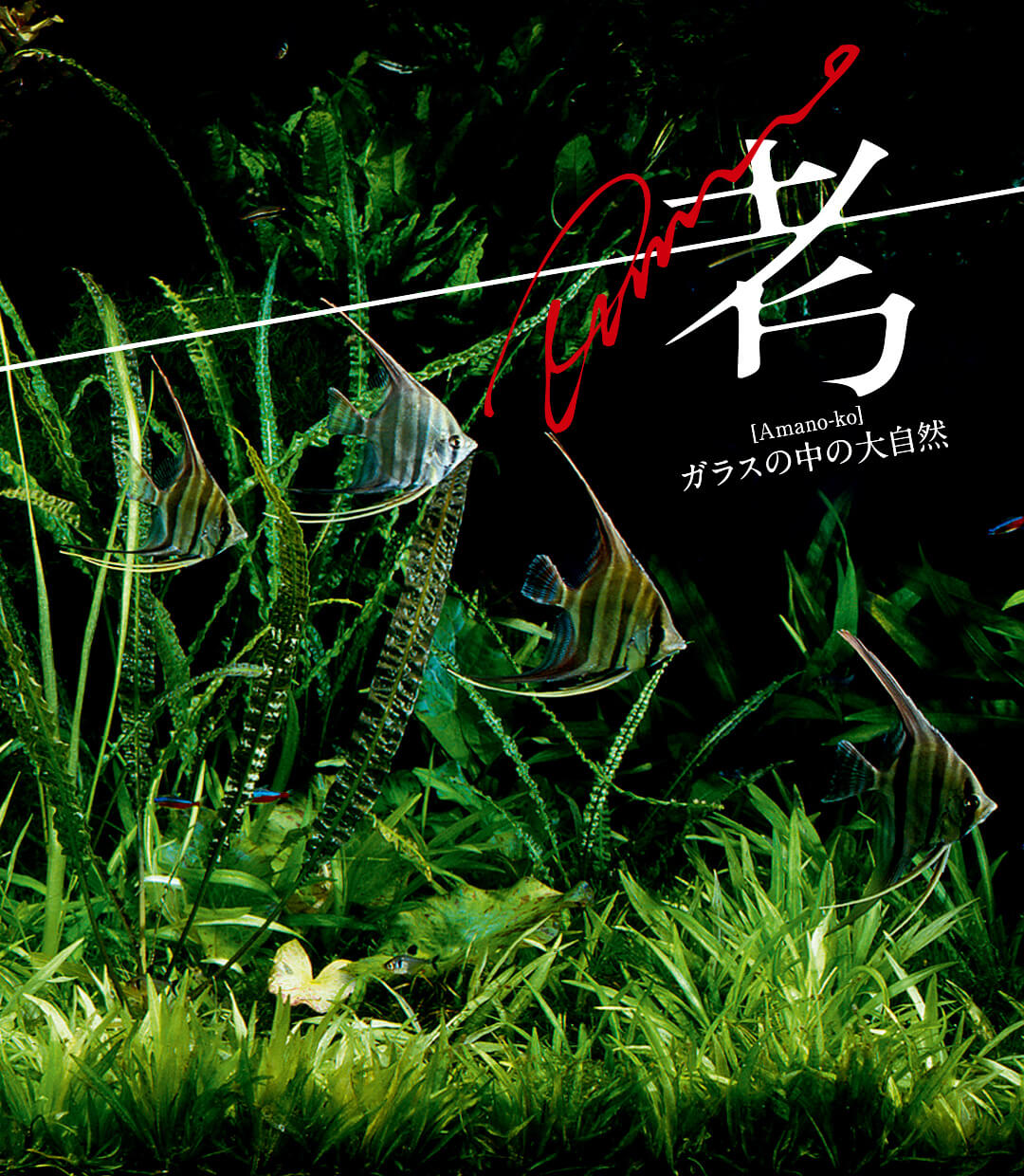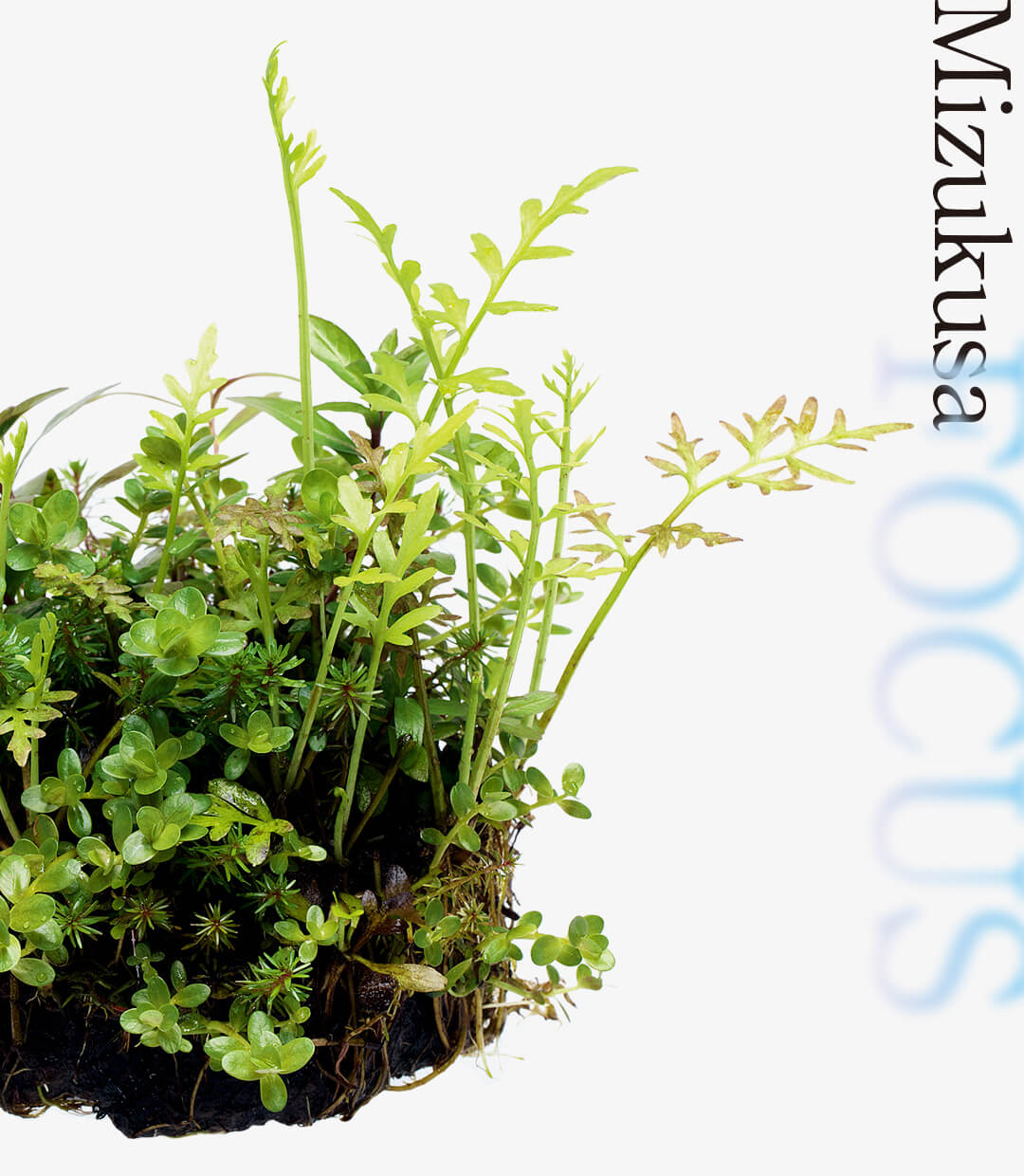Green Lab. #01 — Umbral Swamp
At Green Lab., we explore paludarium design through practical examples, sharing tips and techniques related to plant care, layout, and the creative process.
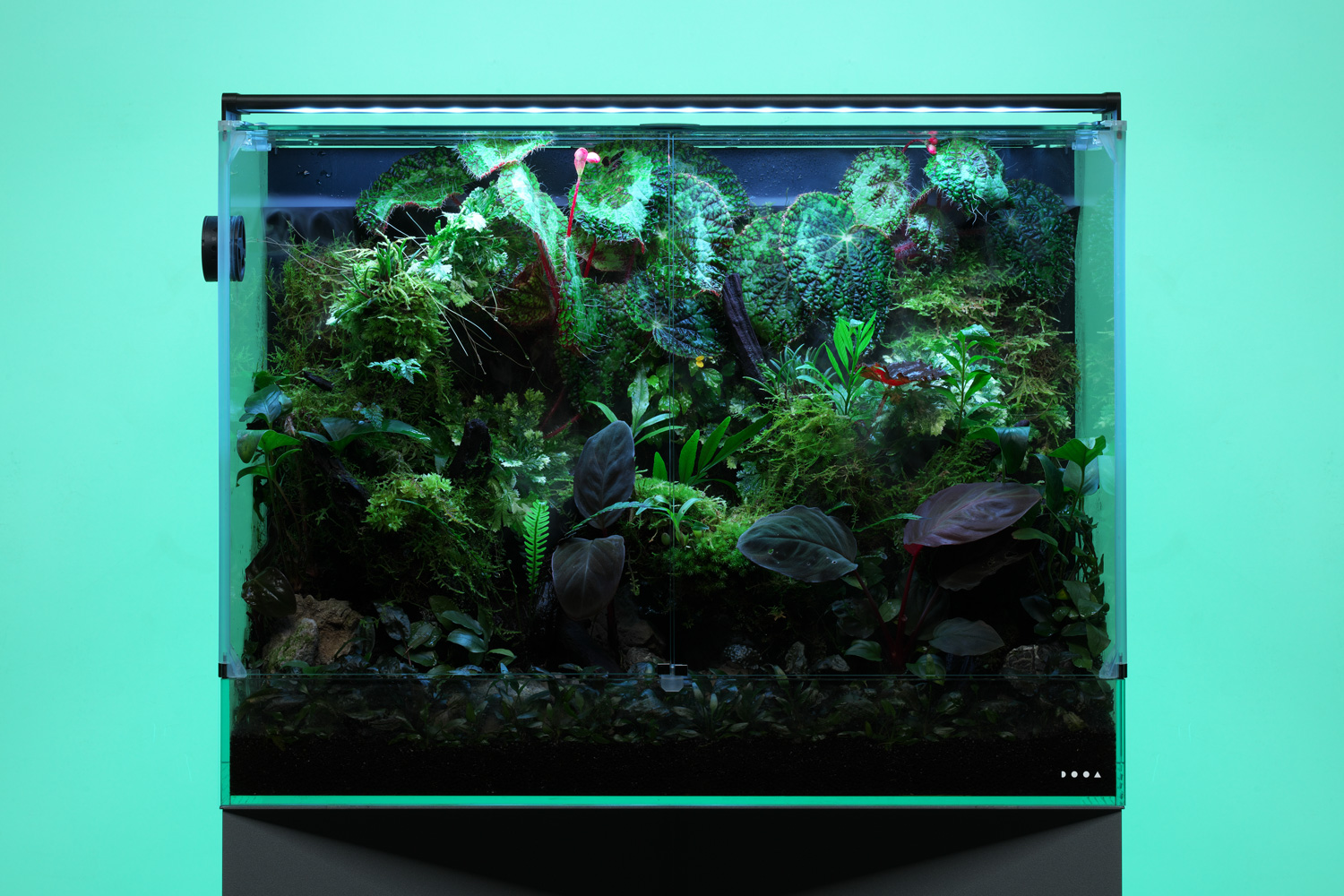
[Umbral Swamp]
This paludarium evokes a dark, damp waterside scene deep within an inaccessible tropical rainforest. The vertical wall is covered with the boldly patterned, hairy leaves of Begonia sizemoreae, while Homalomena humilis ‘Red’ with its deep red-black foliage is planted near driftwood, creating a moody and slightly eerie atmosphere. In the foreground, emersed leaves of aquatic plants such as Cryptocoryne and Anubias are actively incorporated, enhancing the sense of water’s presence—forming what we call a “shadow swamp.”
DATA
Photo taken on: May 2, 2025
Creator: Kota Iwahori (ADA SUIKEI CREATOR)
Aquarium: DOOA System Paluda 600
Lighting: DOOA Paluda Light 600 (8 hours per day)
Substrate: DOOA Jungle Soil, DOOA Jungle Base
Water supply: Once every 2-3 weeks via Mistflow Box
Drainage: High absorbent sponge (once a week)
Humidity control: 20 minutes per hour with Mistflow, 5 minutes per hour with Circulation Fan 40
Time control: Power Code S-70
Plants
Begonia prismatocarpa
Begonia sizemoreae
Begonia ’Othello’
Dinema polybulbon
Ceratostylis philippinensis
Anubiasu gracilis
Anubias barteri var. nana ‘Jade’
Cryptocoryne wendtii ‘Tropica’
Cryptocoryne × willisii ‘Lucens’
Homalomena humilis ‘Red’
Seleginella doederleinii ‘Variegata’
Bolbitis sp. Uttara Kannada
Blechnum obtusatum var. obtusatum
This paludarium evokes a dark, damp waterside scene deep within an inaccessible tropical rainforest. The vertical wall is covered with the boldly patterned, hairy leaves of Begonia sizemoreae, while Homalomena humilis ‘Red’ with its deep red-black foliage is planted near driftwood, creating a moody and slightly eerie atmosphere. In the foreground, emersed leaves of aquatic plants such as Cryptocoryne and Anubias are actively incorporated, enhancing the sense of water’s presence—forming what we call a “shadow swamp.”
DATA
Photo taken on: May 2, 2025
Creator: Kota Iwahori (ADA SUIKEI CREATOR)
Aquarium: DOOA System Paluda 600
Lighting: DOOA Paluda Light 600 (8 hours per day)
Substrate: DOOA Jungle Soil, DOOA Jungle Base
Water supply: Once every 2-3 weeks via Mistflow Box
Drainage: High absorbent sponge (once a week)
Humidity control: 20 minutes per hour with Mistflow, 5 minutes per hour with Circulation Fan 40
Time control: Power Code S-70
Plants
Begonia prismatocarpa
Begonia sizemoreae
Begonia ’Othello’
Dinema polybulbon
Ceratostylis philippinensis
Anubiasu gracilis
Anubias barteri var. nana ‘Jade’
Cryptocoryne wendtii ‘Tropica’
Cryptocoryne × willisii ‘Lucens’
Homalomena humilis ‘Red’
Seleginella doederleinii ‘Variegata’
Bolbitis sp. Uttara Kannada
Blechnum obtusatum var. obtusatum
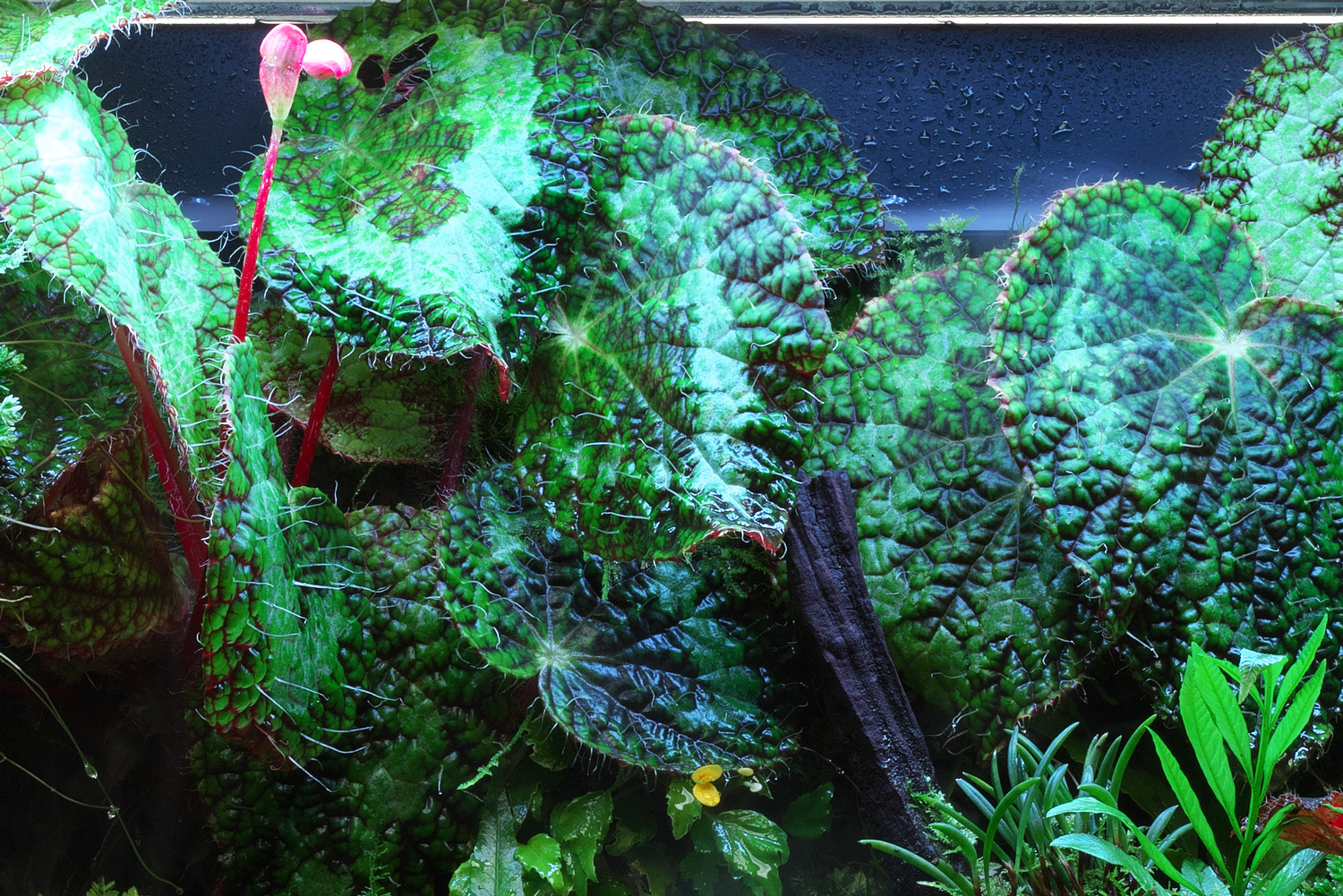
Begonia sizemoreae
Native to southern China, Vietnam, and Laos, this species often grows clinging to limestone surfaces. It comes in various leaf forms, and the type used in this layout features ring-like patterns and a hairy texture. It adapts well to being wrapped in Wabi-kusa mats and is especially well-suited for vertical displays.
Native to southern China, Vietnam, and Laos, this species often grows clinging to limestone surfaces. It comes in various leaf forms, and the type used in this layout features ring-like patterns and a hairy texture. It adapts well to being wrapped in Wabi-kusa mats and is especially well-suited for vertical displays.
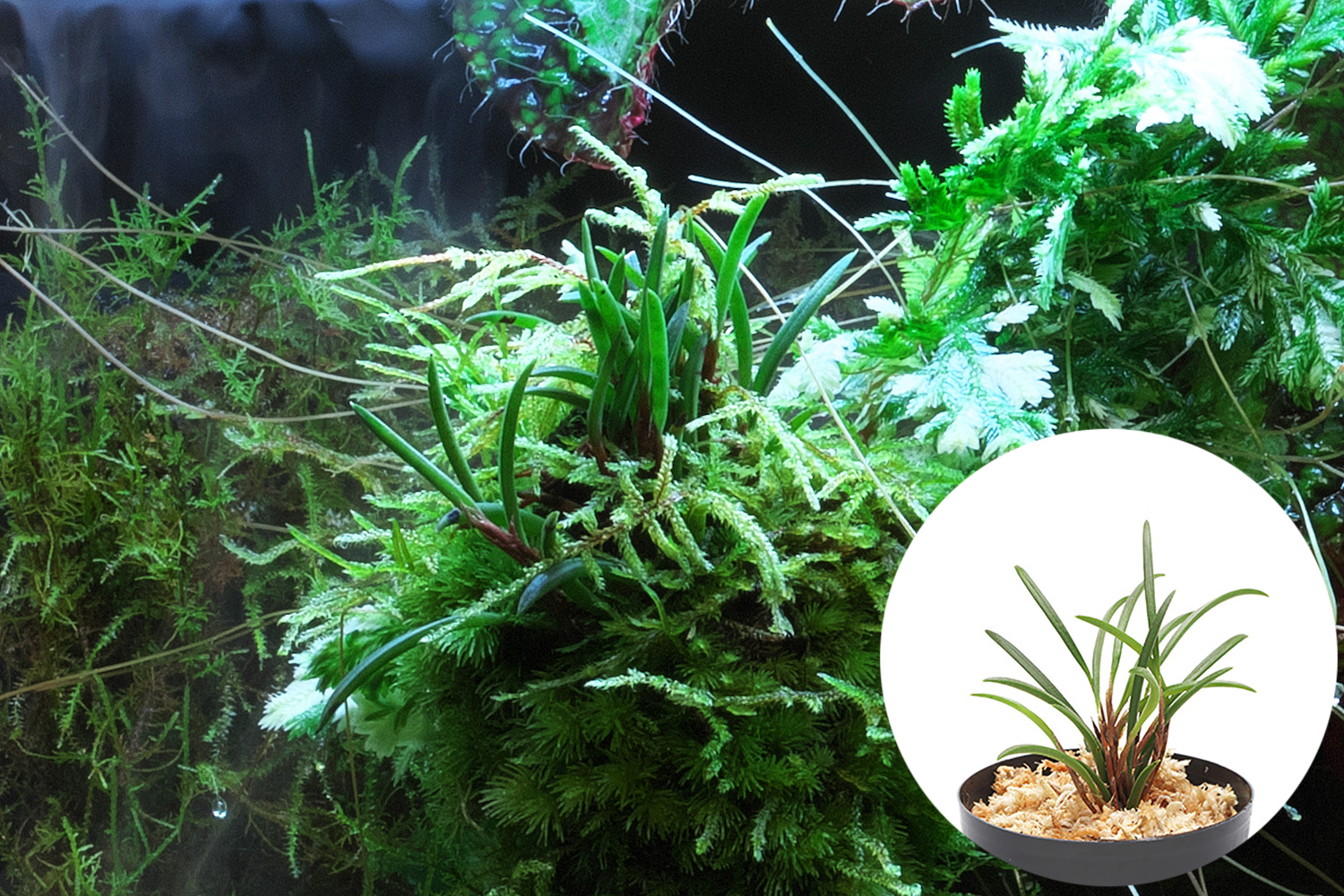
Ceratostylis philippinensis (ADA Jungle Plants Series)
A compact epiphytic orchid from the Jungle Plants collection. With proper care, it produces fragrant, star-shaped white flowers two to three times a year. It’s ideal for placement in bright areas with clear moisture contrasts, such as the upper walls or the tips of driftwood branches.
A compact epiphytic orchid from the Jungle Plants collection. With proper care, it produces fragrant, star-shaped white flowers two to three times a year. It’s ideal for placement in bright areas with clear moisture contrasts, such as the upper walls or the tips of driftwood branches.
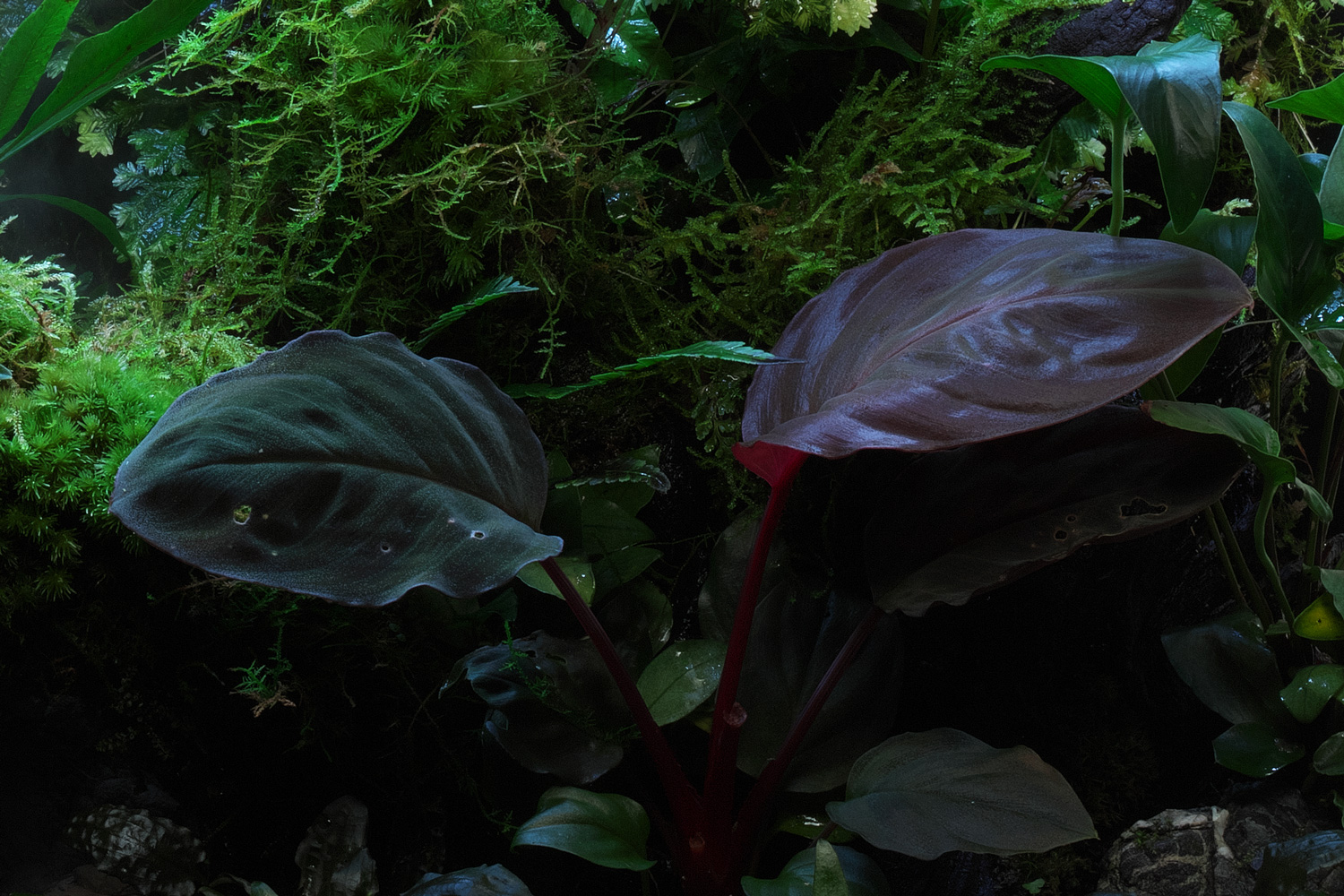
Homalomena humilis ‘Red’
This Homalomena is notable for its dark, velvety foliage. It’s a hardy species that thrives even on Wabi-Kusa Mats, but avoid placing it in the upper wall areas with intense light. In this layout, it’s tucked into the midground to help convey the feel of a shadowy jungle environment.
This Homalomena is notable for its dark, velvety foliage. It’s a hardy species that thrives even on Wabi-Kusa Mats, but avoid placing it in the upper wall areas with intense light. In this layout, it’s tucked into the midground to help convey the feel of a shadowy jungle environment.
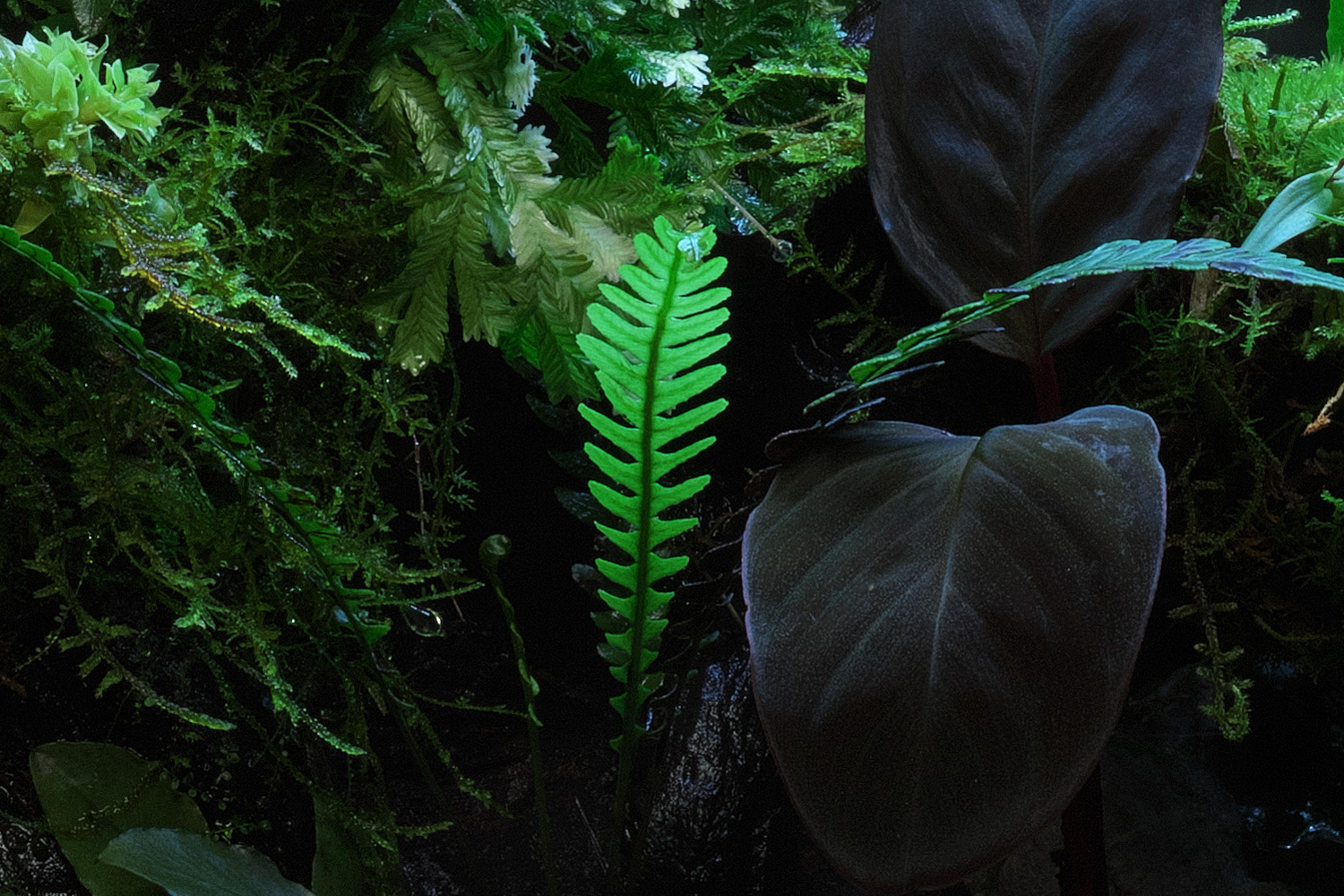
Blechnum obtusatum var. obtusatum
Affectionately nicknamed “Obu-Obu,” this tree fern originates from New Caledonia and grows naturally along mountain streams and near waterfalls. Its moderate growth speed and size make it ideal for paludariums. When planting, take care to avoid letting it get buried by other plants in its early stages.
Affectionately nicknamed “Obu-Obu,” this tree fern originates from New Caledonia and grows naturally along mountain streams and near waterfalls. Its moderate growth speed and size make it ideal for paludariums. When planting, take care to avoid letting it get buried by other plants in its early stages.
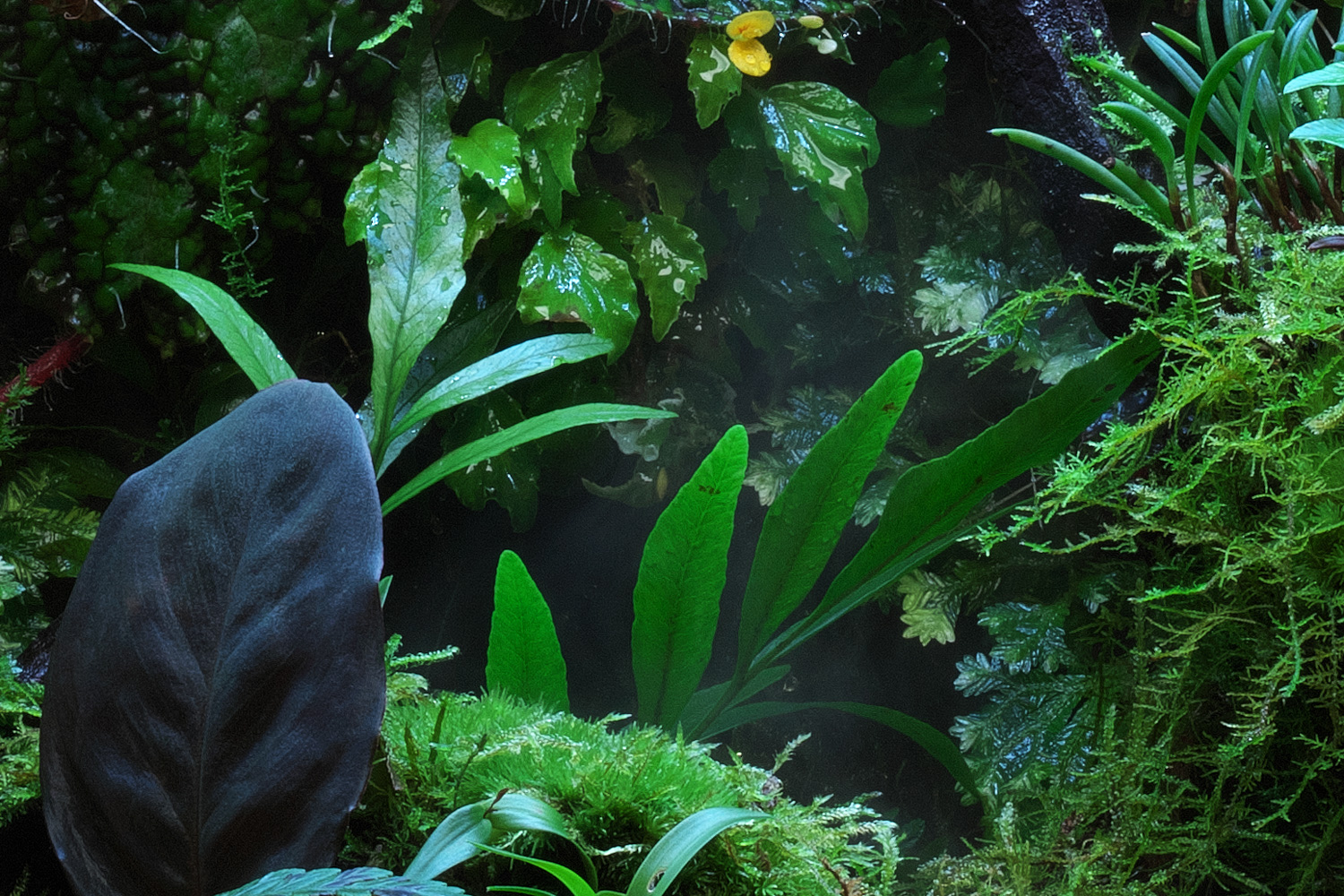
Bolbitis sp. UK (Uttara Kannada)
A moisture-loving species of Bolbitis, where “UK” refers to Uttara Kannada in Karnataka, southwestern India. In its native habitat, it forms colonies on riverside rocks. It establishes itself relatively quickly and spreads via creeping rhizomes.
A moisture-loving species of Bolbitis, where “UK” refers to Uttara Kannada in Karnataka, southwestern India. In its native habitat, it forms colonies on riverside rocks. It establishes itself relatively quickly and spreads via creeping rhizomes.
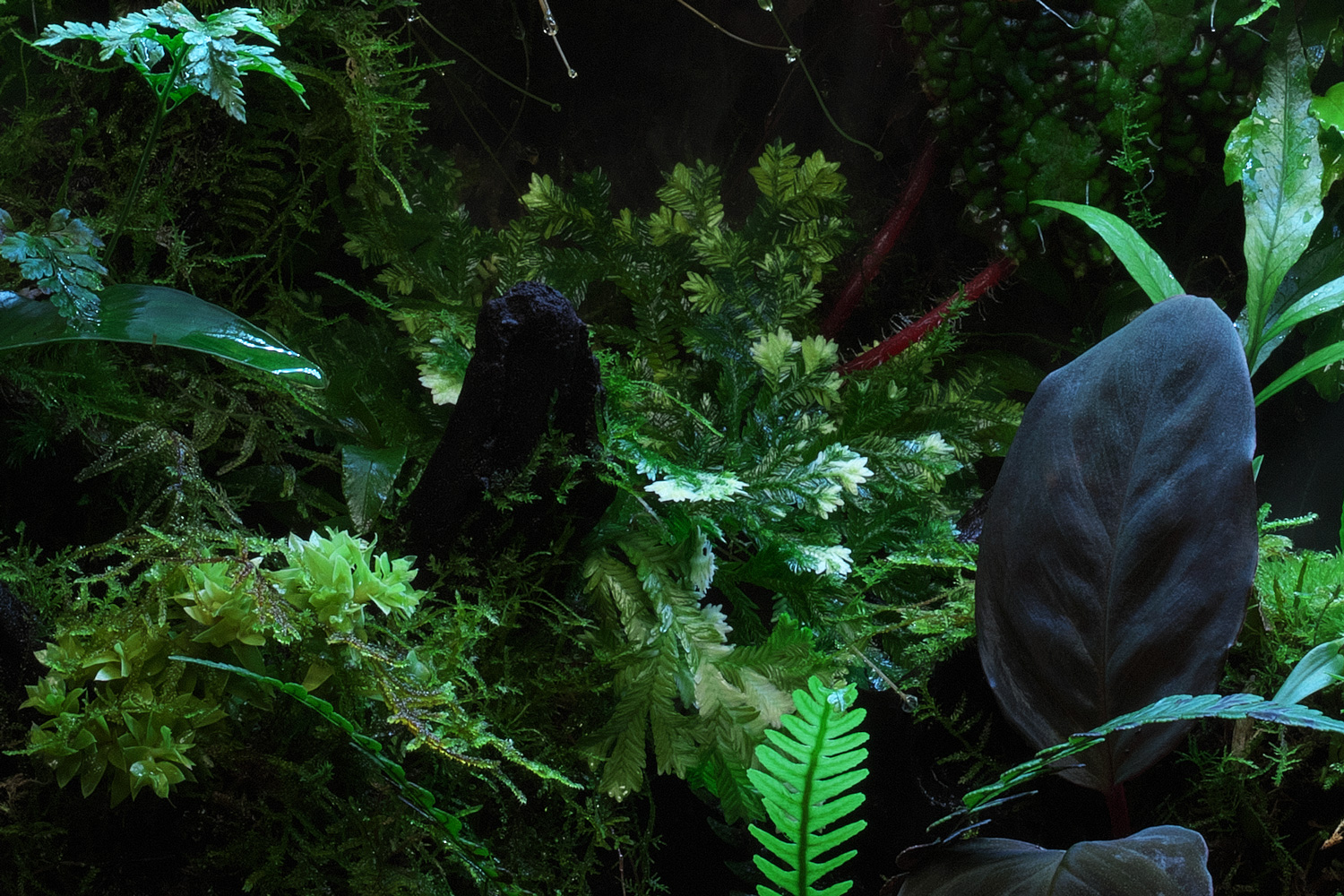
Selaginella doederleinii ‘Variegata’
A species of Selaginella with fine, tightly clustered leaves. The variegated form is used here to avoid blending into the moss on the wall and to give the impression of growth overflowing from it. Since it’s one of the faster-growing fern allies, regular thinning is important to prevent it from overtaking other plants.
A species of Selaginella with fine, tightly clustered leaves. The variegated form is used here to avoid blending into the moss on the wall and to give the impression of growth overflowing from it. Since it’s one of the faster-growing fern allies, regular thinning is important to prevent it from overtaking other plants.
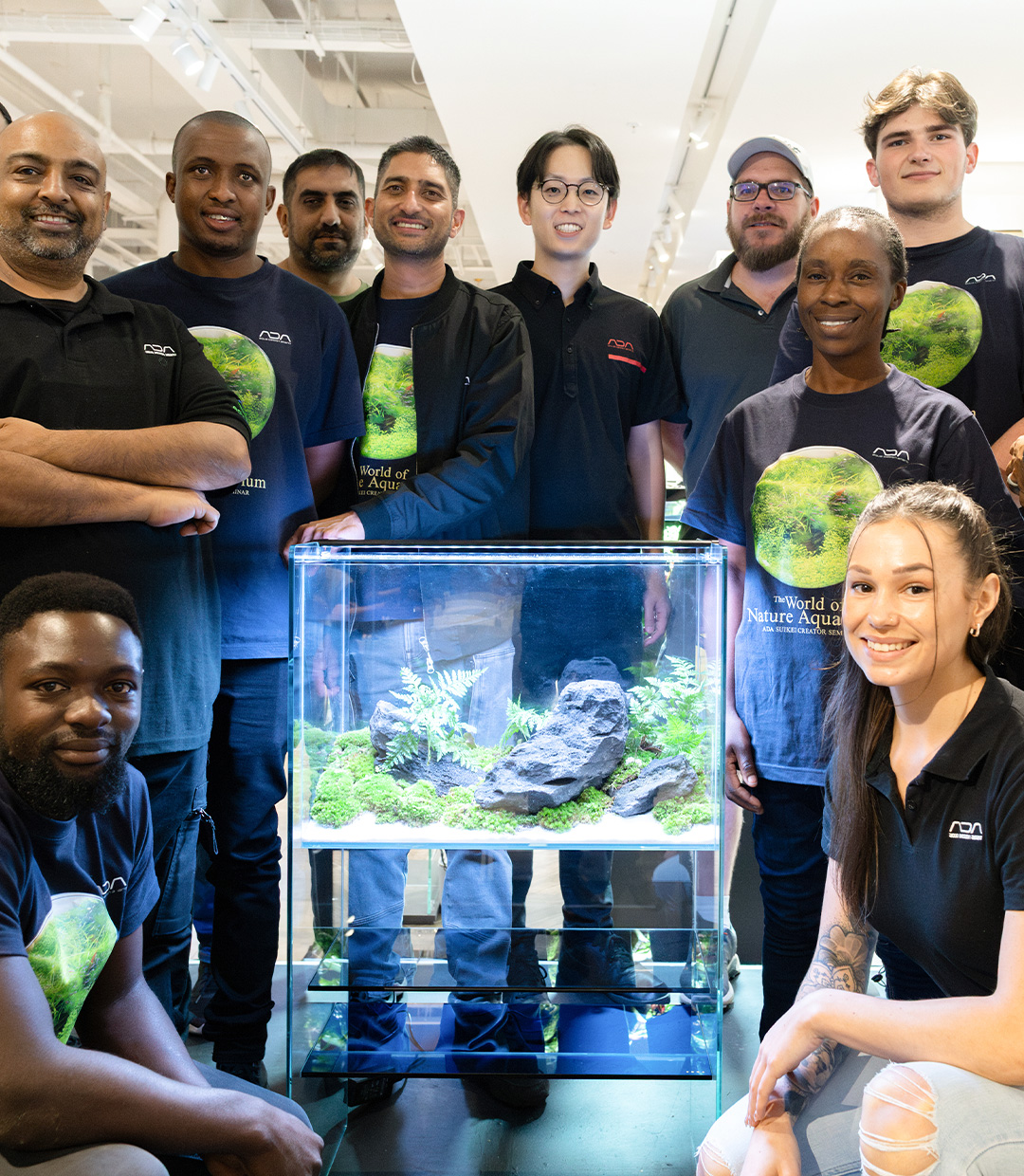
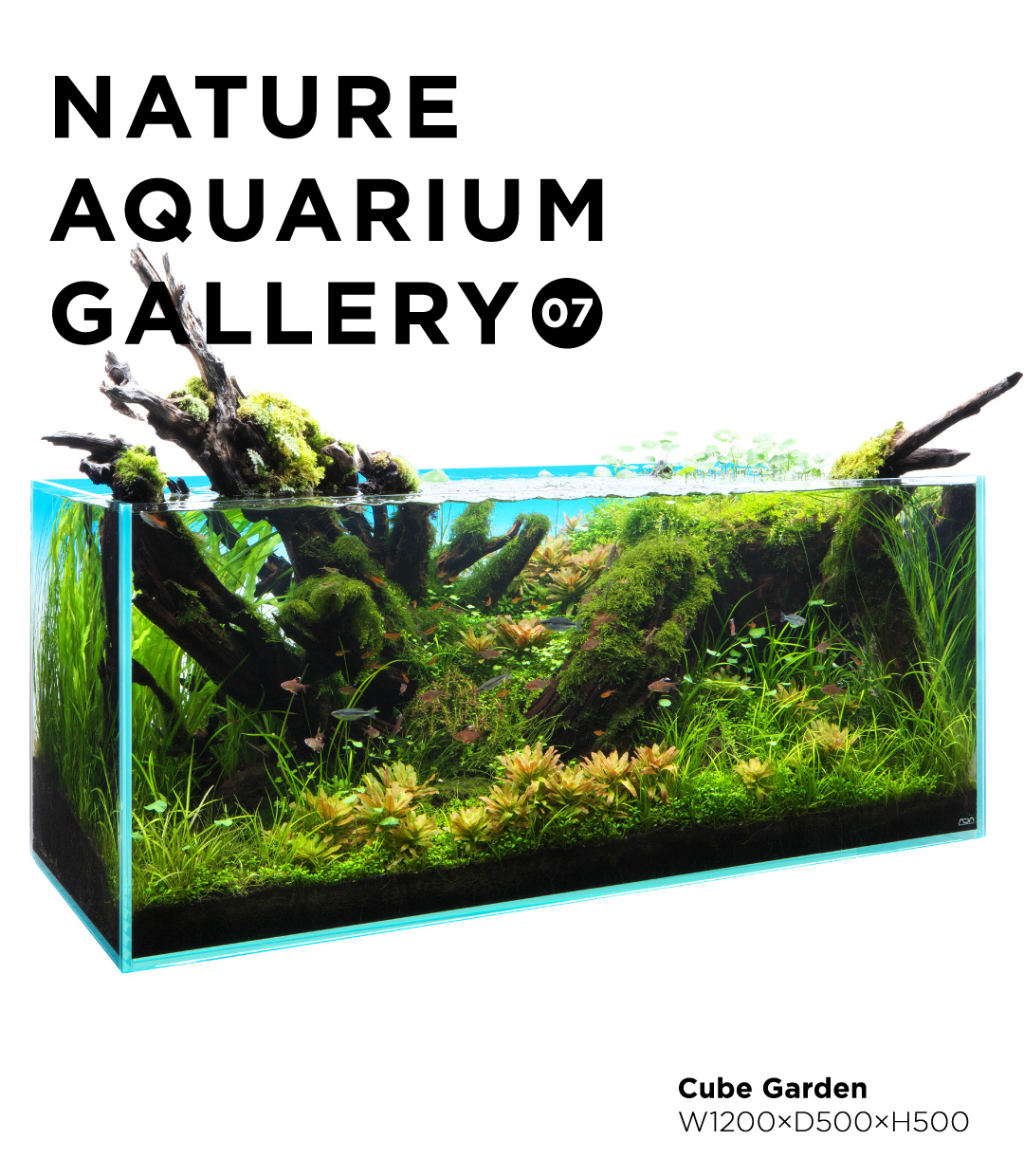
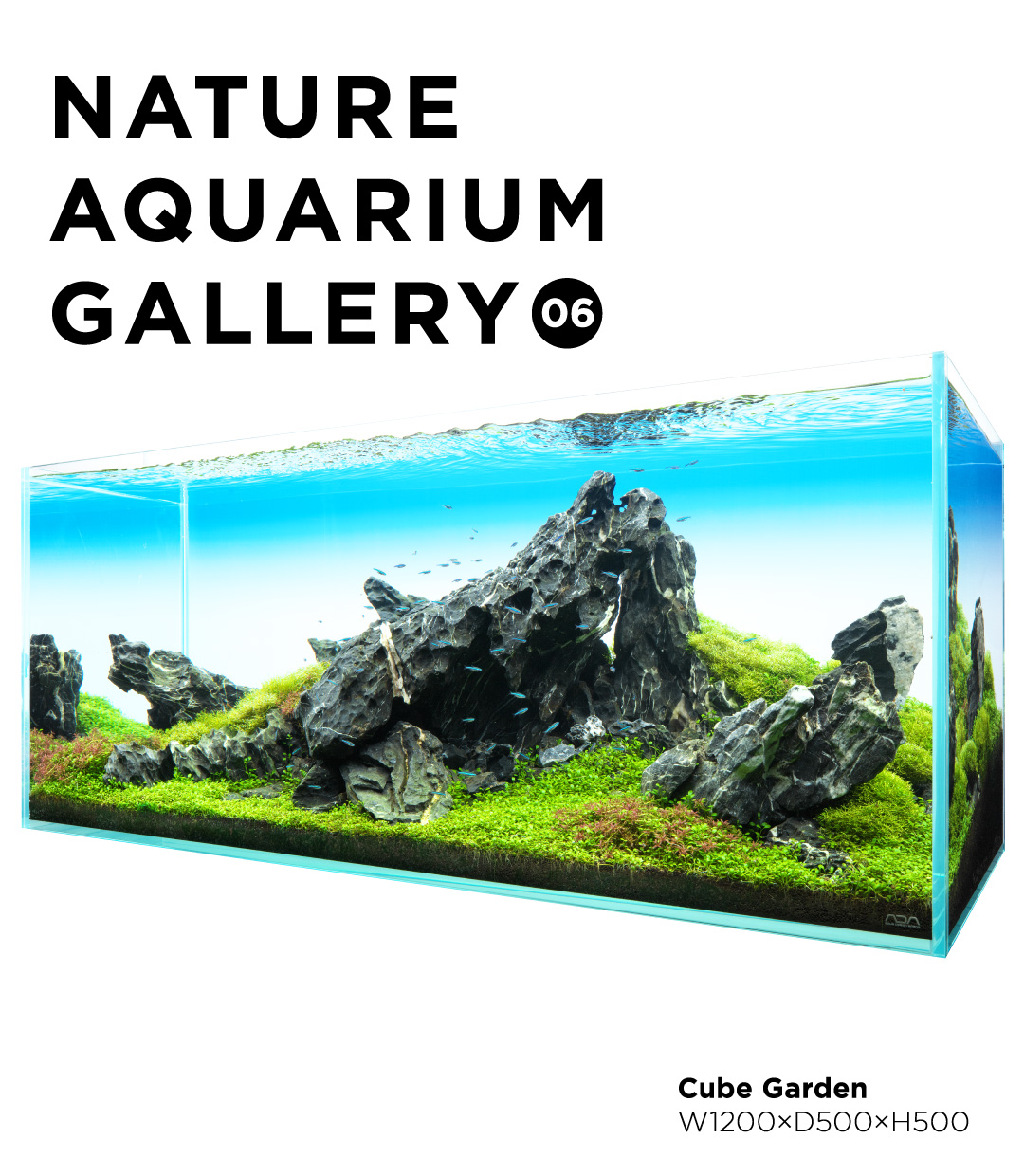
![Green Lab. #06 [ A Restful Waterside ]](https://www.adana.co.jp/wp-content/uploads/sites/3/2025/11/gl06_img_ogp.jpg)
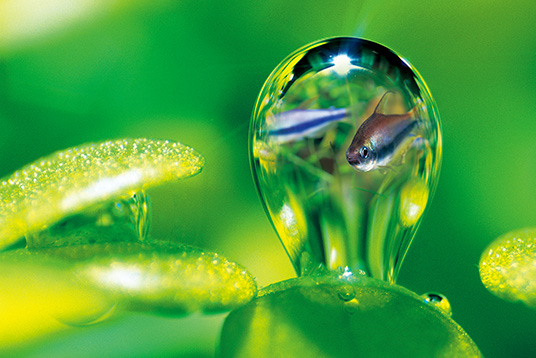
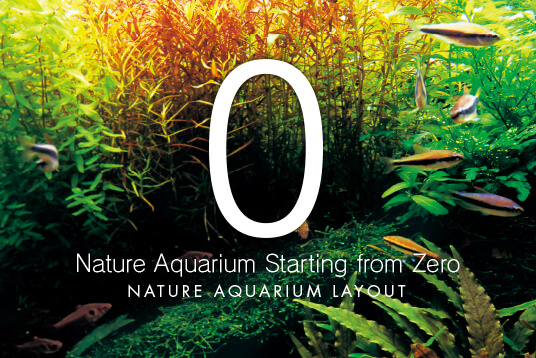
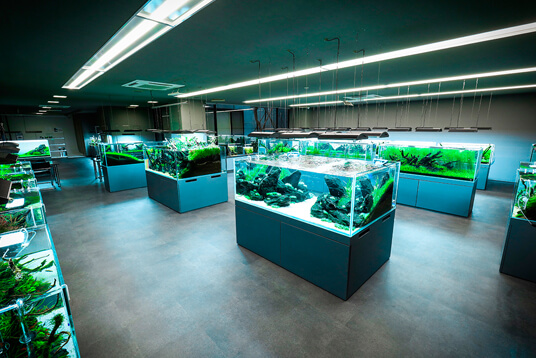



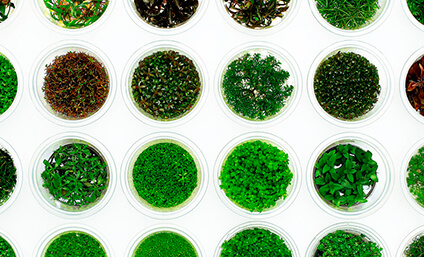
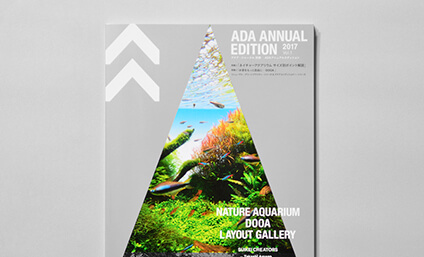
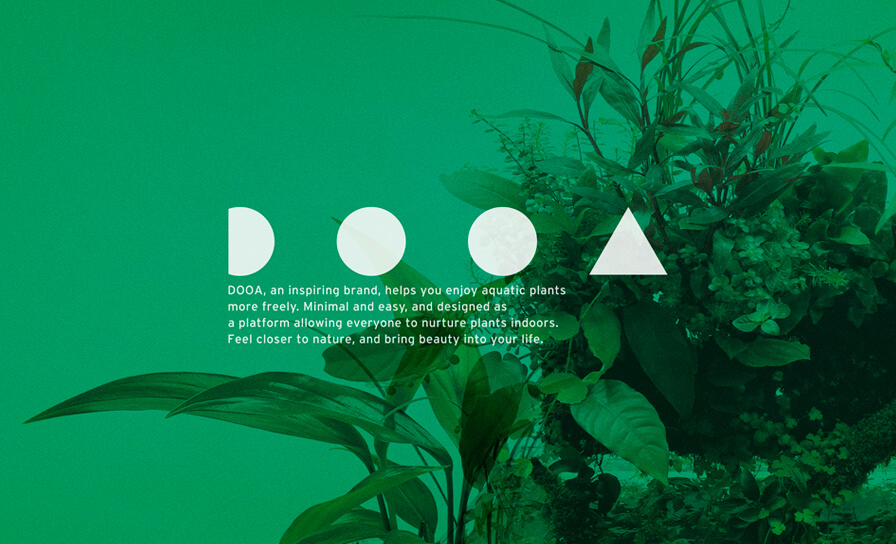





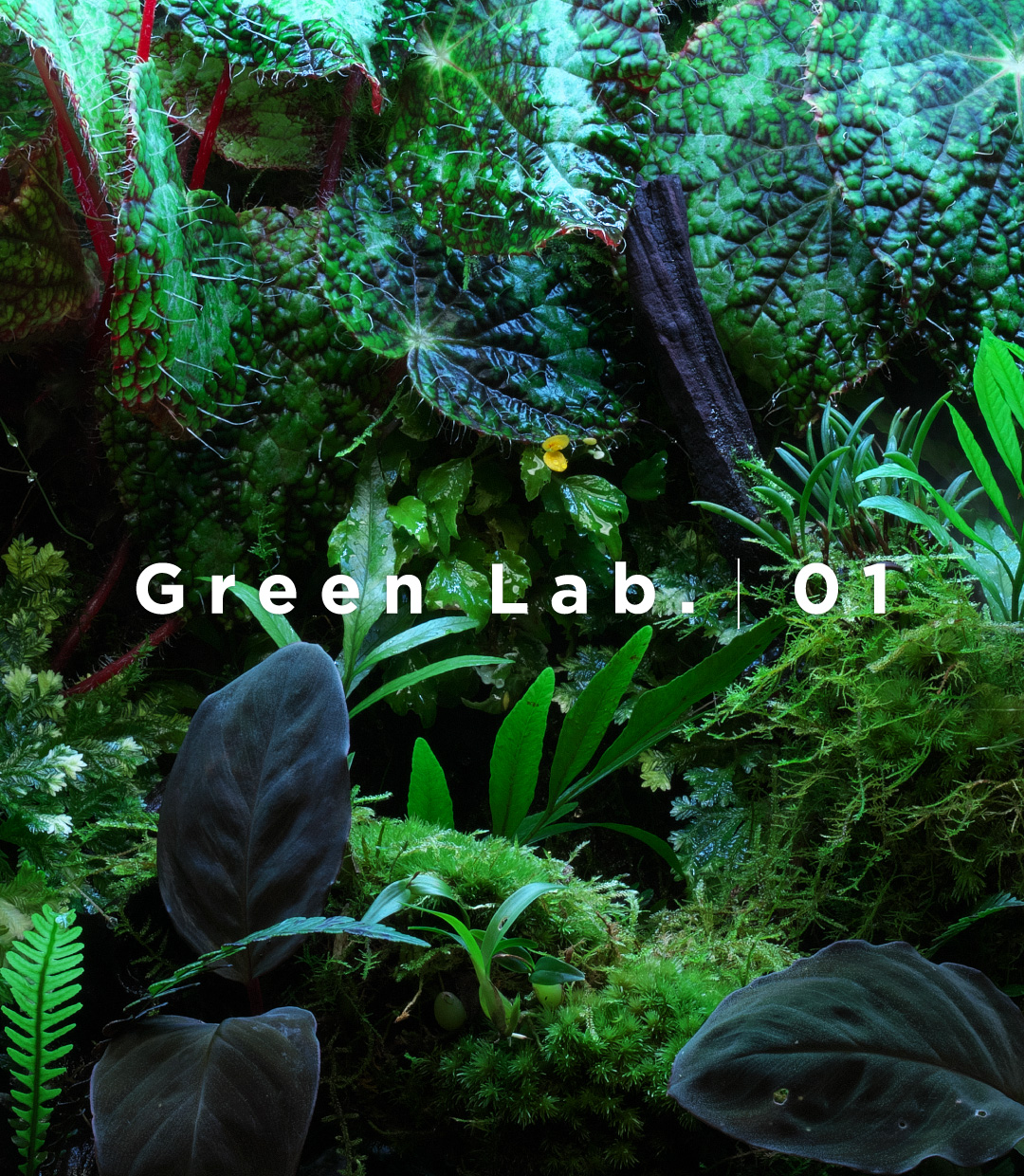
![Green Lab. #02 [ Karst Climber ]](https://www.adana.co.jp/wp-content/uploads/sites/3/2025/07/gl02_img_ogp.jpg)
![Green Lab. #03 [Perched on an Aged Branch]](https://www.adana.co.jp/wp-content/uploads/sites/3/2025/08/gl03_img_ogp.jpg)
![Green Lab. #04 [Until We Thrive Again]](https://www.adana.co.jp/wp-content/uploads/sites/3/2025/09/gl04_img_ogp.jpg)
![Green Lab. #05 [Jewels of the Forest Floor]](https://www.adana.co.jp/wp-content/uploads/sites/3/2025/10/gl05_img_ogp.jpg)


